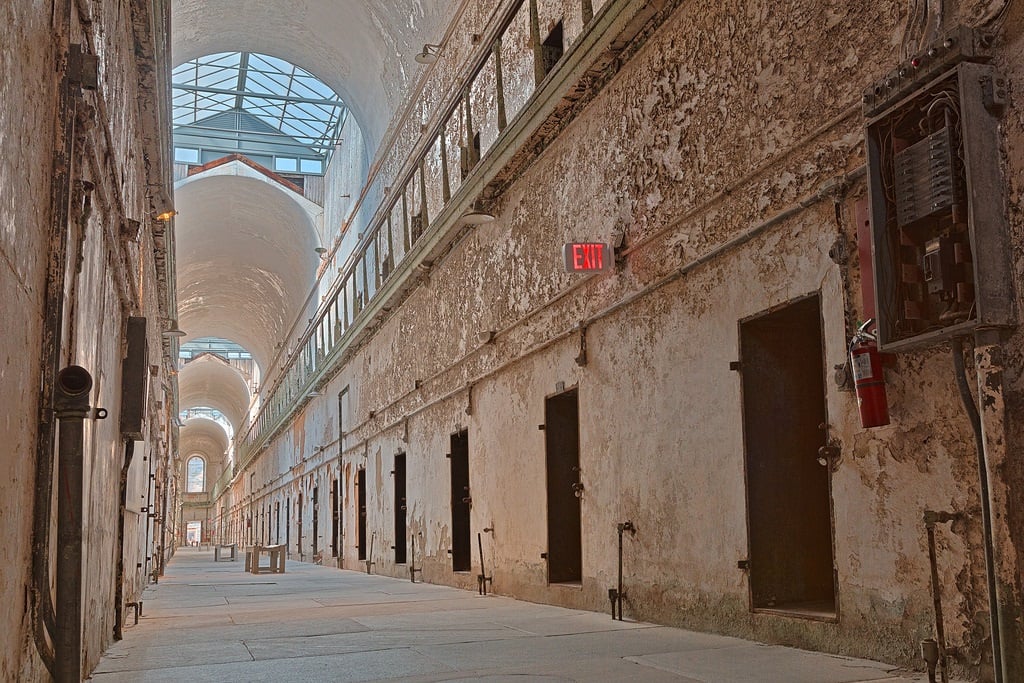
Photo: freestock.ca ♡ dare to share beauty via Visualhunt / CC BY
Best practice guide to support artists working in prisons
A new publication aims to build the skills of artists delivering activities in Scottish prisons.
A three-year programme of arts interventions in the Scottish criminal justice system has ended with an evaluation of the programme and a new Guide for artists working in prisons.
The Arts and Criminal Justice Programme was led by Creative Scotland in collaboration with Scottish Prison Service (SPS) and senior management teams at participating prisons. During the programme, high-quality arts activities engaged prisoners and staff, enabling “tentative steps towards developing a more integrated approach for the delivery of arts within criminal justice”.
The programme drew attention to the “demanding, difficult work” facing artists and arts organisations and found that having a better understanding of the Scottish penal environment can make a difference. The new guide, Working in Scottish Prisons: An Artist’s Guide, aims to help artists better understand this environment.
Written by Jess Thorpe from The Scottish Prison Arts Network, it includes brief descriptions of the populations in each of Scotland’s 15 prisons and explains the reality of working in custodial environments. Details of the training an artist must do before starting an arts project are listed, covering areas including Fire Training, Personal Protection Training (PPT) and issues related to Health and Safety.
The Guide also advises on communications with Scottish Prison Service (SPS). Noting that SPS operates under a strict set of regulations and procedures, it points out that “language used in correspondence from the organisation can often feel instructional and directive” but that this “is not indicative to the quality of working relationships and should not be taken personally”.
In a foreword to the Guide, Colin McConnell Chief Executive of Scottish Prison Service, said: “Our success in progressing arts in custody with our partners Creative Scotland, learning providers and third sector organisations, has continuously demonstrated the benefits of this activity in stimulating engagement and motivating formerly reluctant learners to build confidence and self-belief, stimulating interest in wider educational initiatives…
“Our positive experiences of supporting arts interventions in custody, will undoubtedly be enhanced by the publication of a bespoke guidance document to assist and maximise the impact of artists working in Scottish prisons.”
Join the Discussion
You must be logged in to post a comment.